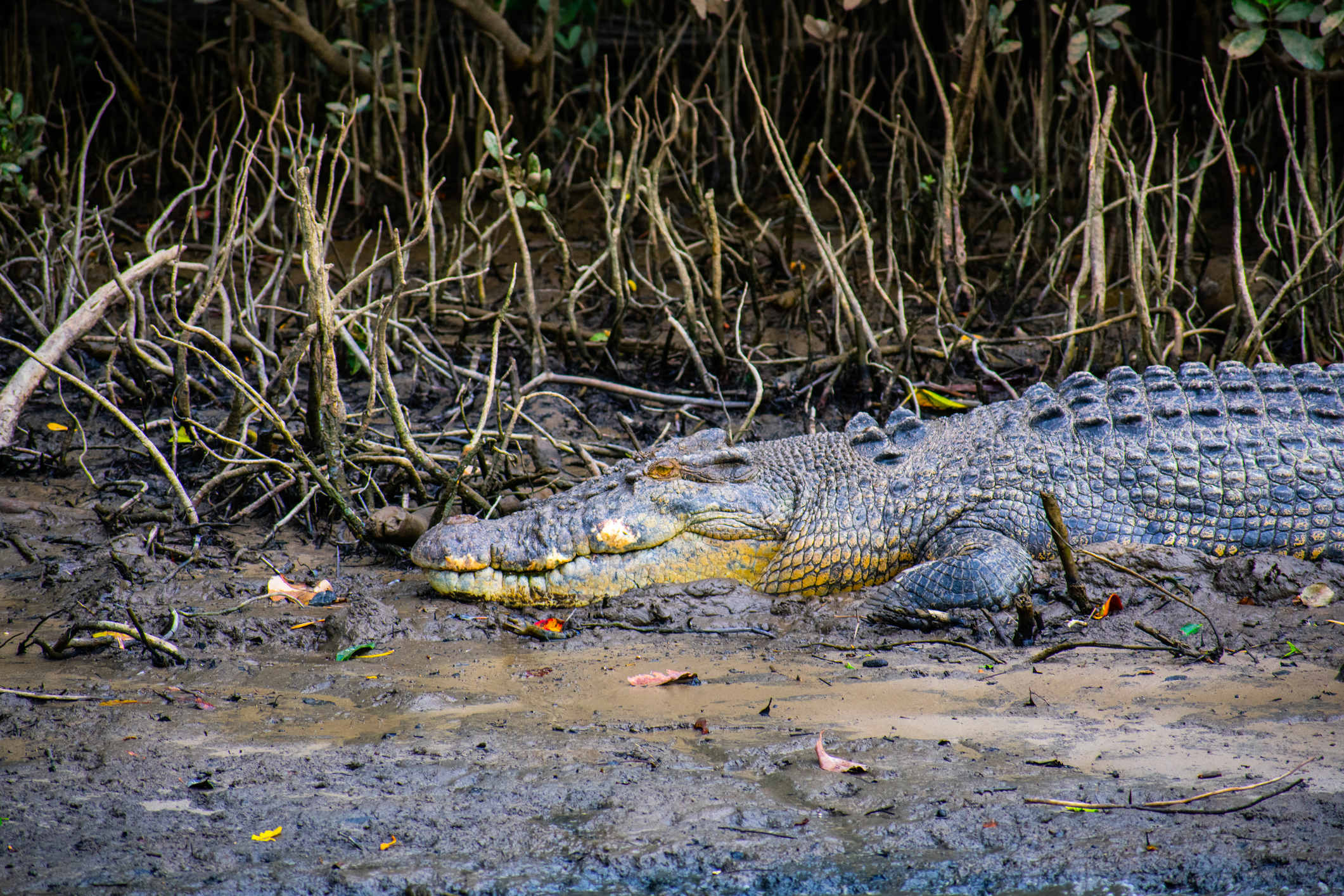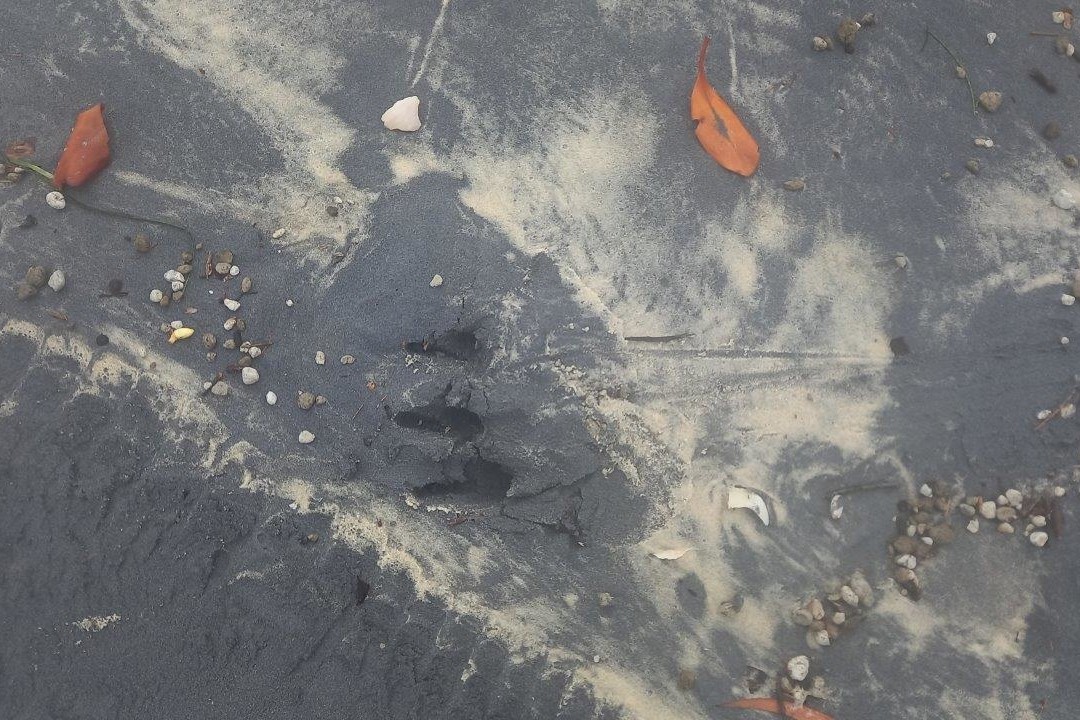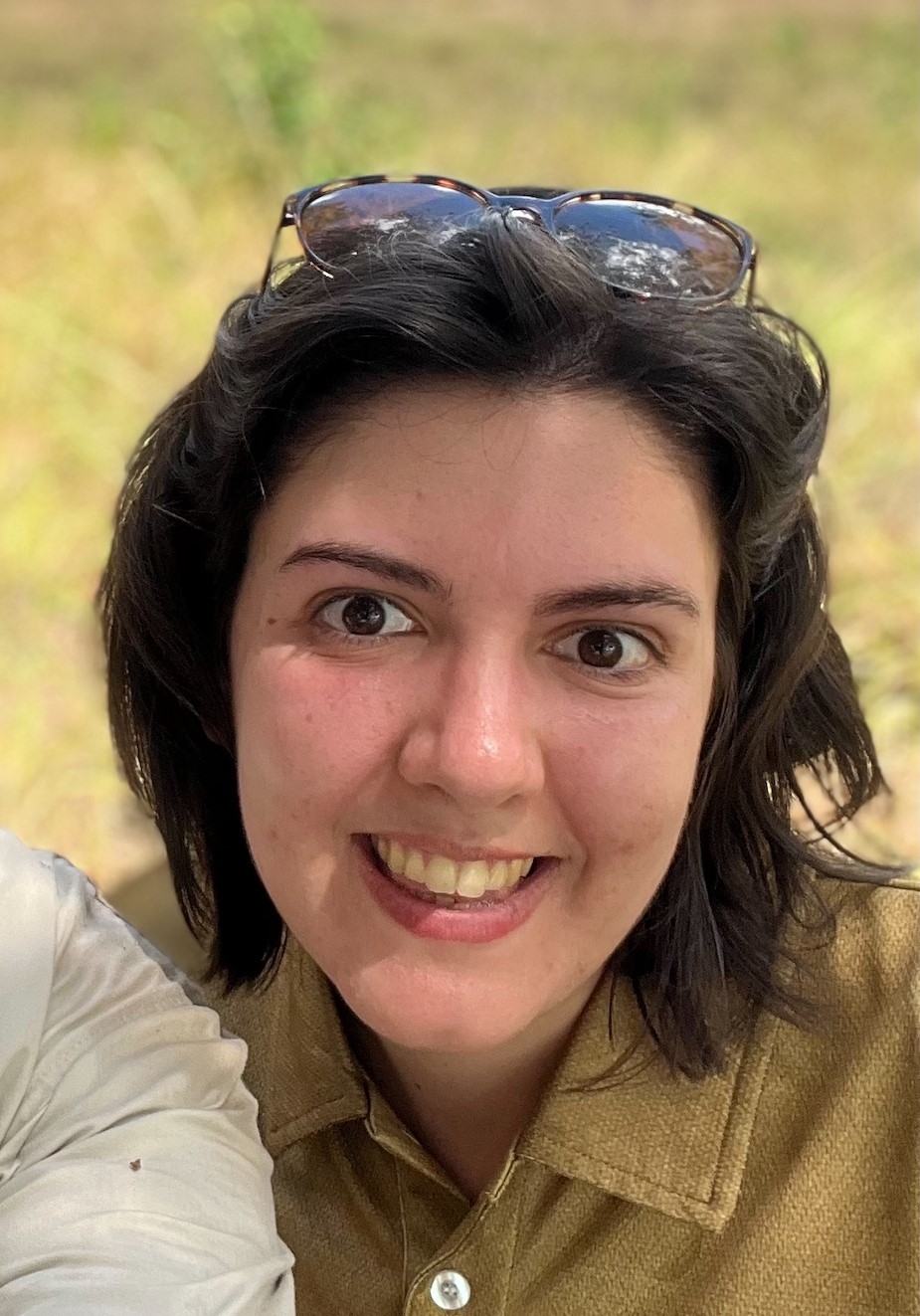Crocodile experts say there’s no evidence to suggest the reptiles are expanding into southern Queensland now, but they admit it could happen.
Sightings were recently reported at Bundaberg and Inskip Point, almost 300km south of what is considered ‘croc country’ and within 100km of the Sunshine Coast.
They were the first crocs seen so far south since two were pulled from the Mary River more than a decade ago. There were also unconfirmed reports of one at Coolum Creek in 2017.
University of Queensland research assistant Kaitlin Barham told Sunshine Coast News that crocodiles probably weren’t extending their reach to the Sunshine Coast now, but they could be in years to come.
“There is not currently any evidence to suggest the croc population is moving south in Queensland, though that doesn’t mean it won’t ever happen in the future,” she said.
“It is possible that future climate warming may push their range southwards.”

She said the recently reported crocs were outliers.
“Estuarine crocodiles are very mobile and capable of travelling long distances, up to hundreds of kilometres over weeks and months, so it is not unheard of for vagrant individuals to be spotted further south than croc country, such as the croc sighted at Inskip Point,” she said.
“These vagrants might be looking to establish a territory in a suitable area.”
Want more free local news? Follow Sunshine Coast News on Facebook, LinkedIn and Instagram, and sign up for our FREE daily news email.
Ms Barham was the lead author of a recently published journal about crocodile body temperature.
The study found that the average body temperature of crocodiles in far north Queensland had rose steadily during the past 15 years.
Ms Barham’s research was supervised by University of the Sunshine Coast animal ecologist Dr Ross Dwyer, who said the animals could only adapt to heat to an extent.
“Crocodiles are hardy creatures, capable of adjusting their behaviour to cope with the heat of the tropics. But there’s a limit to their endurance,” he co-wrote in The Conversation.

“Our study provides the best insight yet of how crocodiles in the warmer parts of their natural range will cope with predicted increases in temperature and the increased frequency of extreme heatwaves.
“Crocodiles can’t control or adjust their own internal thermostat like birds or mammals. We know from our previous research that they reduce their exposure to high temperatures through active cooling behaviours, such as diving deeper, seeking shade or hauling out onto the riverbank at night.”
But crocodile diving performance decreases at body temperatures above 31 to 33 degrees.
The research team said the information from the study, coupled with insights on the species’ historical range, will help predict if crocodiles will expand their range in response to climate change.
“The devices that we are implanting in wild estuarine crocodiles are not only providing insights into the temperatures these animals are experiencing in one of Australia’s most remote regions, but also how they respond behaviourally to temperature extremes,” Dr Dwyer said.
“More research is needed on other aquatic species in the far north, as well as on crocodile populations in the cooler southern parts of their range, to track how species adjust their behaviour and distribution in response to rising temperatures associated with climate change.”
A Department of Environment and Science spokesperson told SCN that there was no indication that crocodiles were expanding their reach.
“We can reassure the public that this crocodile (at Bundaberg and Inskip Point) is considered to be a vagrant animal that moved into the area from up north,” they said.

“This rare sighting could be the result of wild weather pushing the crocodile out of its normal habitat.
“There is no evidence that the population is expanding southward.
“Wildlife officers believe the crocodile has moved on from the area and is hopefully heading back north.”
The spokesperson said they were still searching for the crocodile and it would be removed from the area, if found.
“Fishers and people on beach in the wider area are an extra set of eyes in the search for this crocodile,” they said.
“Anyone who sees what they believe to be a crocodile is urged to make a crocodile sighting report as soon as possible. Crocodile sightings can be reported by using the QWildlife app, completing a crocodile sighting report on the DETSI website, or by calling 1300 130 372.”
The spokesperson said ‘croc country’ ranged from the Torres Strait and Gulf Country to the Boyne River, south of Gladstone.
“Any crocodile confirmed to be present south of the Boyne River is targeted for removal from the wild,” they said.





